Cellist Guy Johnston recalls his experience interacting with Newark student Julius Hennicke in 2018, and why the school needs support in continuing its craft
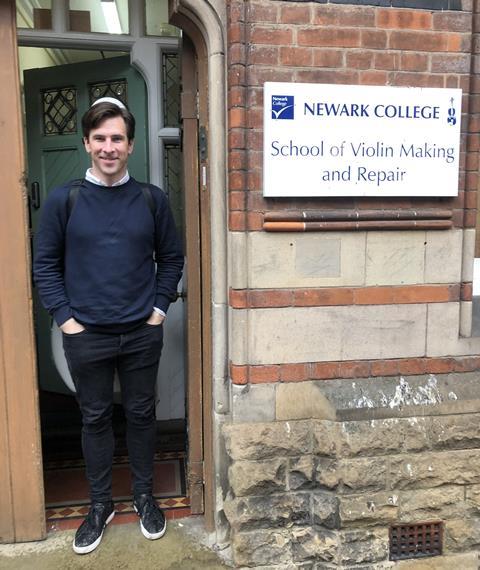
Discover more lutherie articles here
The world renowned Newark School of Violin Making has recently celebrated its 50th anniversary. Little did they know a few years later that they would be under such an extreme threat of closure.
In 2018, I had the pleasure of interacting with a German student, Julius Hennicke, who wished to make a copy of the Tecchler cello I was playing at the time. We met in London in order for Julius to make all the necessary measurements ready to get to work in Newark. The whole process was eye-opening for me. Julius would send photos and videos along the way and update me with the progress he was making. I hadn’t appreciated enough what went into the art of making until this point.
Here are just a few of our interactions to give you a flavour of the experience.
Julius updated me throughout the making process:
’After I came back to Newark I started by re-drawing the outline of the body and established what the instrument probably looked like originally when it was new. Getting the corners right is not easy but they have a big impact on the overall look.
’Tecchler junior is growing and starting to take shape indeed! I managed to finish the outline and did more arching. There is still plenty of wood to get rid of but at least I start to have an idea now what the finished arching will look like. I find it always a bit difficult when you start and there is so much material that you can’t imagine that it will ever look like a cello. But once you start removing most of the waste it begins to make sense somehow and you start seeing the shape of the archings. It always feels a bit like a revelation.’
You can see a little clip of the very first notes played on the cello here:
It was a special experience to go to the school for the first time, not least to play for all the makers present behind the camera. I would say it was quite an emotional experience for Julius to hear his work come to life, as it was for the friends who were all a part of the process too.
Having heard about this worrying news in Newark, I felt compelled to reach out to Julius again. I asked him to share his memories as well as thoughts about the threat of this closure.
Julius says: ’It was quite shocking news to me as well, also because I just went to Newark about a week ago to attend the yearly violin making conference which is held in the Town Hall. And at that point no one knew anything about that. I feel really sorry for the students that I met that now have an uncertain future and don’t know if they can finish their course.
’I have really fond memories of the school, it was an approach of learning from each other just as much as learning from our teachers who dedicated a lot of energy and effort into guiding us through the various aspects of the making and restoration projects. Some of us had hardly any woodworking experience before coming to the school and the majority of us are now working in a pretty specified field making and repairing instruments all over the world. The teachers always encouraged us to try out new ideas and spending a lot of time together as a learning group has shaped friendships which still endure long after we finished school.
’Personally, I had an amazing time at the school and have so many good memories of being there. I admit that Newark itself is not the most eventful town but the people in the school definitely made up for it. I don’t think a lot of places manage to bring together so many people from so many different backgrounds so that they can pursue their passion for instrument making and music.
’I know that with Brexit and Covid, the school suffered from a drastic decrease in students. But it seemed that the last two years or so the numbers were going up again and there is a regular exchange with violin making schools from Bilbao and Antwerp so that students still get to meet like-minded peers with whom they can connect.
’Thank you for taking such a big interest in the school’s future and also for taking the time to visit us. It was very inspiring and rewarding for all of us to hear our instruments being played by musicians who were interested in what we did as students!
’By the way, the cello is in Vienna now. After I made a new set-up and some small adjustments, I sold it to a lovely student who studies at the conservatory and she enjoys it very much! I would love to make another one but I have focused on doing restoration work now in Paris and unfortunately there just isn’t enough time at the moment. But I hope at some point in the future, there will be another Woody Junior!’
I have since reached out to Ben Hebbert who has been protesting against the planned closure. Ben passed on this beautiful booklet that was put together for the 50th anniversary: https://issuu.com/lutherieuk/docs/nsvmbooklet-v9_digital-singlepages_
You can learn about the history of the school and there are some wonderful memories and anecdotes captured, including a visit by Yehudi Menuhin in 1978.
I’m in awe of these craftsmen and what they can do. As it happens, I have just returned from Cremona where I had the privilege of taking the Stradivari cello I now play on back home for a special weekend of chamber concerts along with the Carducci Quartet and their Cremonese instruments. While we were there, we met a number of modern makers who were only too happy to look at our instruments to gain more insight into the making of the great masters from the past. It is an extraordinary tradition, and without places like the Newark School of Violin Making, this sacred art is under tremendous threat. We need master craftsmen not only to make new instruments, but also to take care of the old ones too.
Please sign the petition to help keep the Newark School of Violin Making alive. It would be a travesty to see this tradition come to an end.
Read: Gallery: ‘Save Newark Violin Making School’ challenge goes viral
Read: Pedagogy and playing resources: a reading list from cellist Guy Johnston
An exclusive range of instrument making posters, books, calendars and information products published by and directly for sale from The Strad.
The Strad’s exclusive instrument posters, most with actual-size photos depicting every nuance of the instrument. Our posters are used by luthiers across the world as models for their own instruments, thanks to the detailed outlines and measurements on the back.
This third volume in The Strad's Great Instruments series brings together the finest scholarship, research and analysis by some of the world’s leading experts on stringed instruments.
The Canada Council of the Arts’ Musical Instrument Bank is 40 years old in 2025. This year’s calendar celebrates some its treasures, including four instruments by Antonio Stradivari and priceless works by Montagnana, Gagliano, Pressenda and David Tecchler.

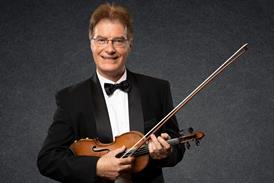
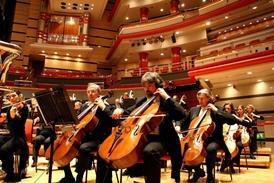
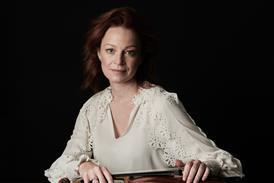
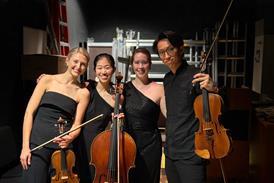
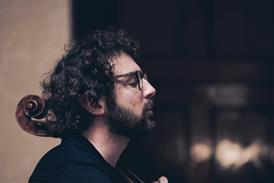
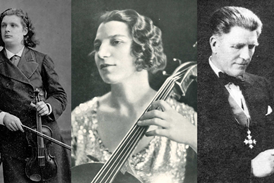


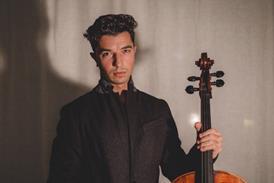
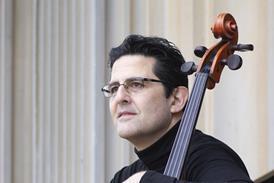
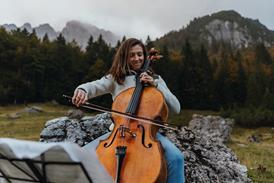
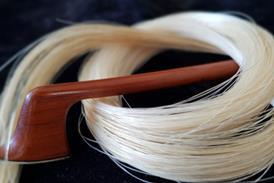
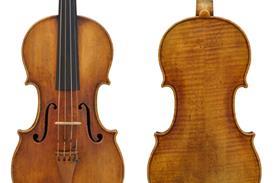
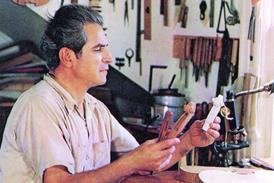
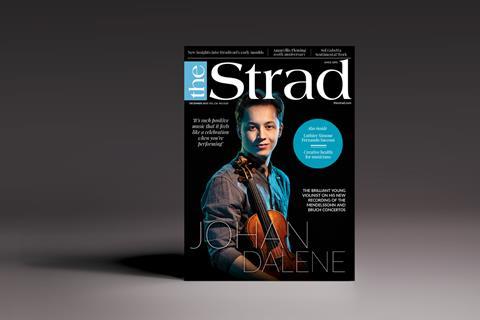
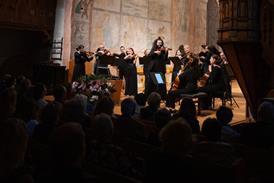

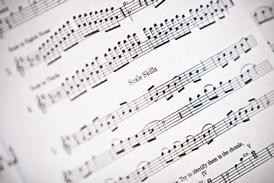
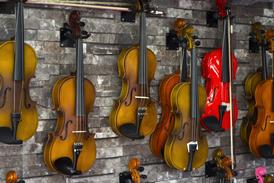

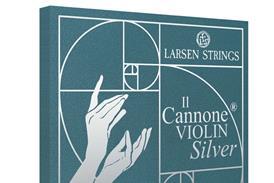
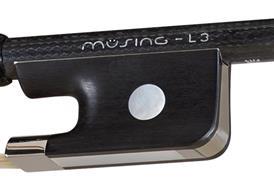
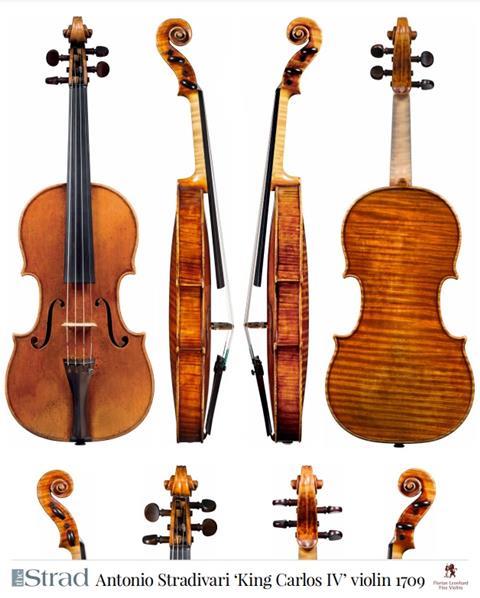
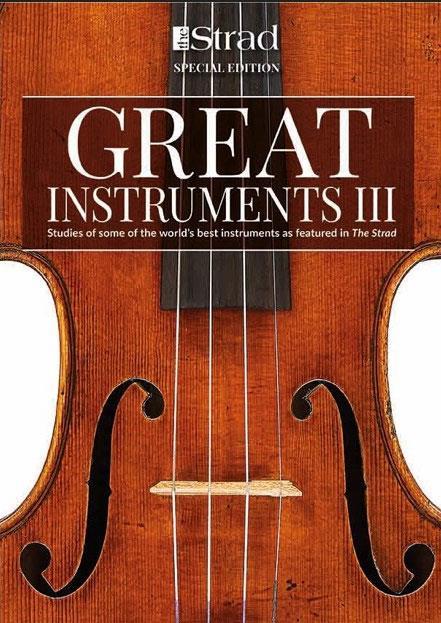
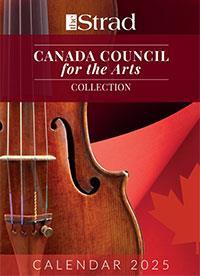
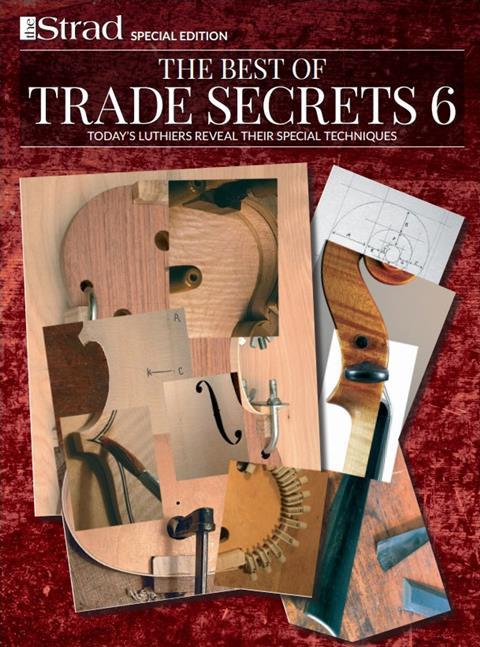
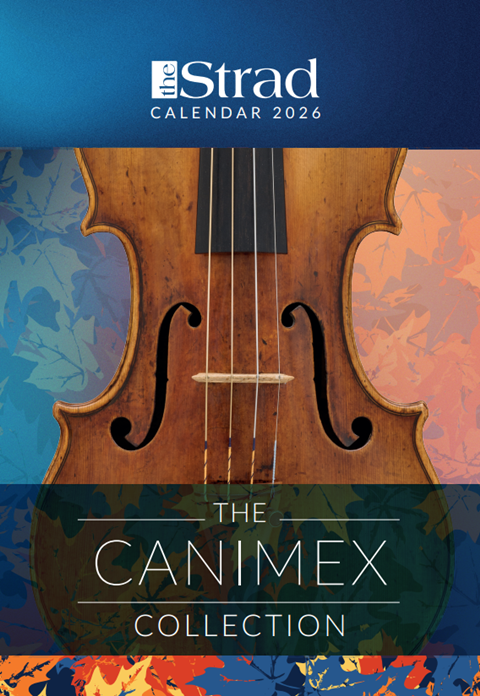
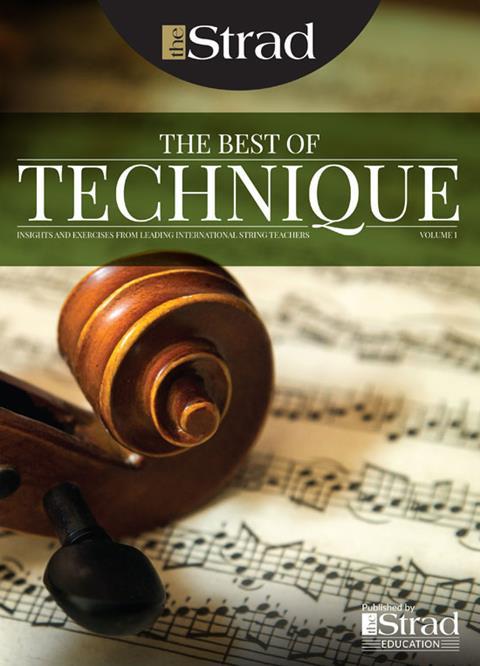
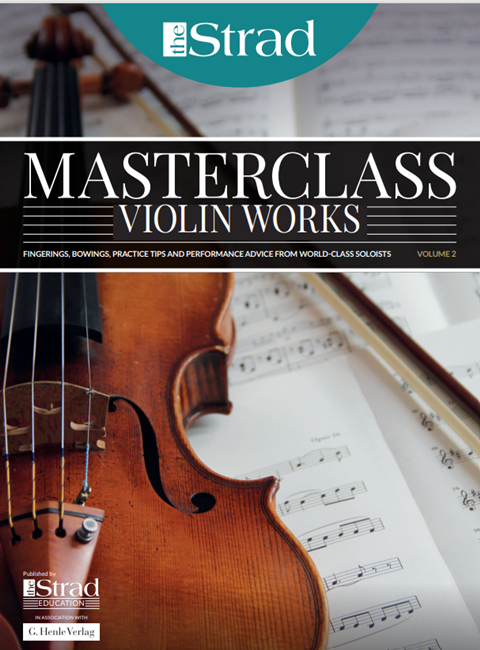
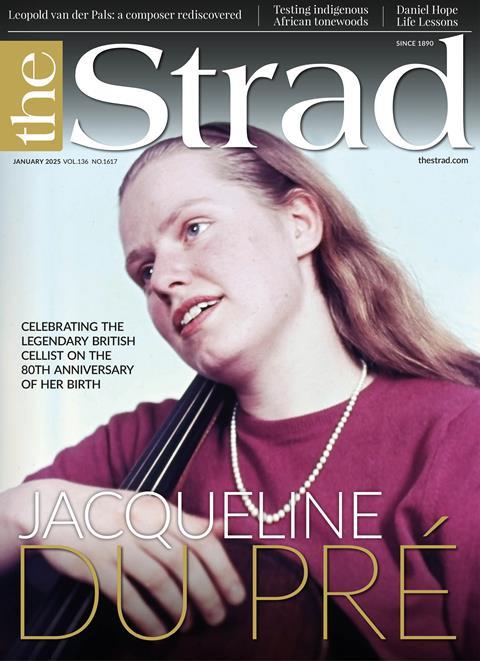
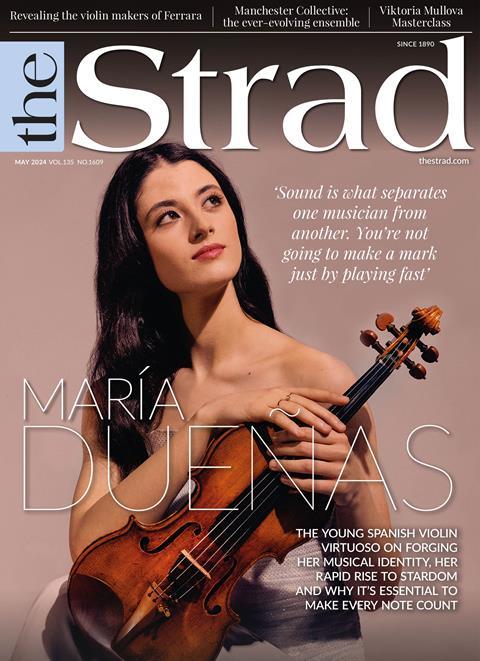
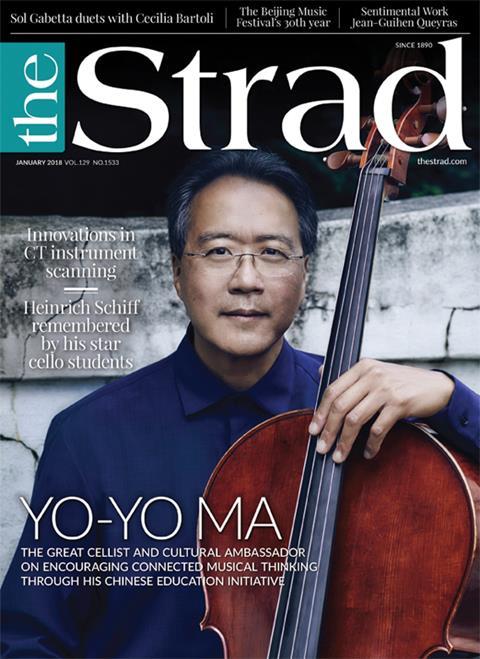












No comments yet